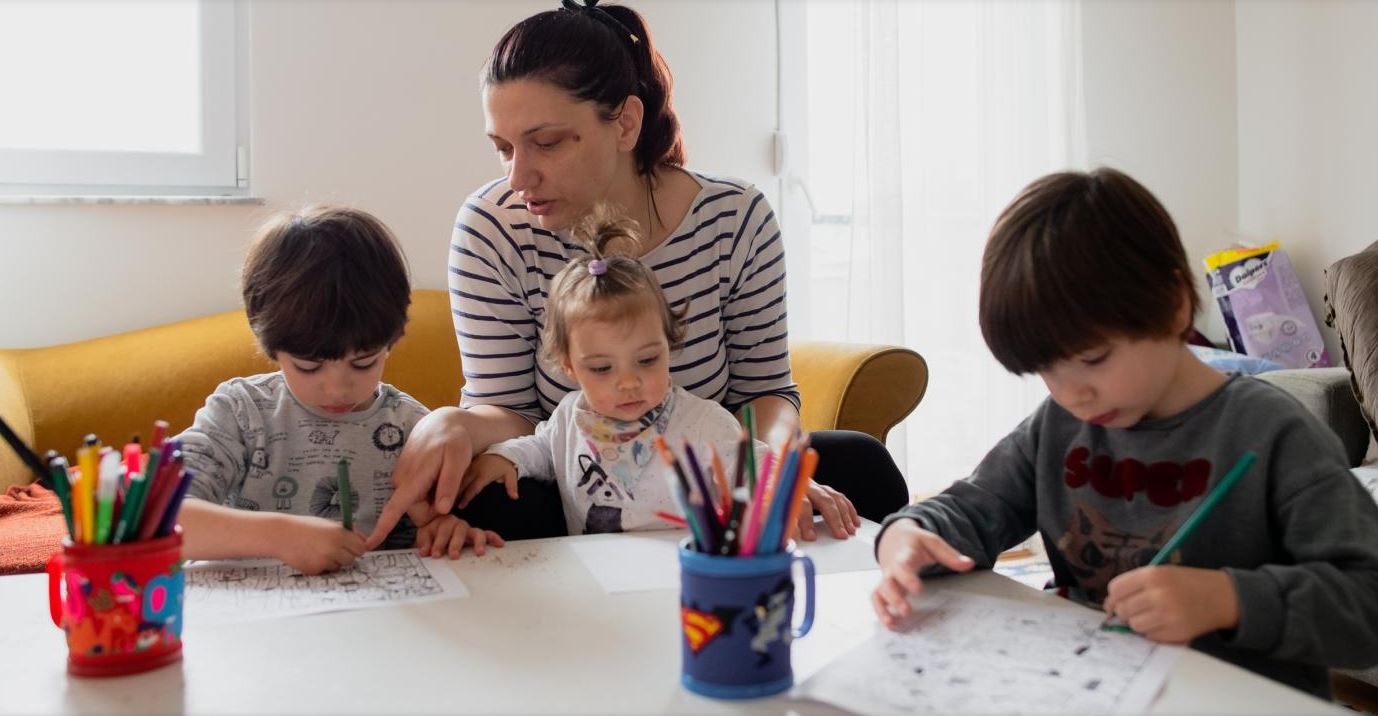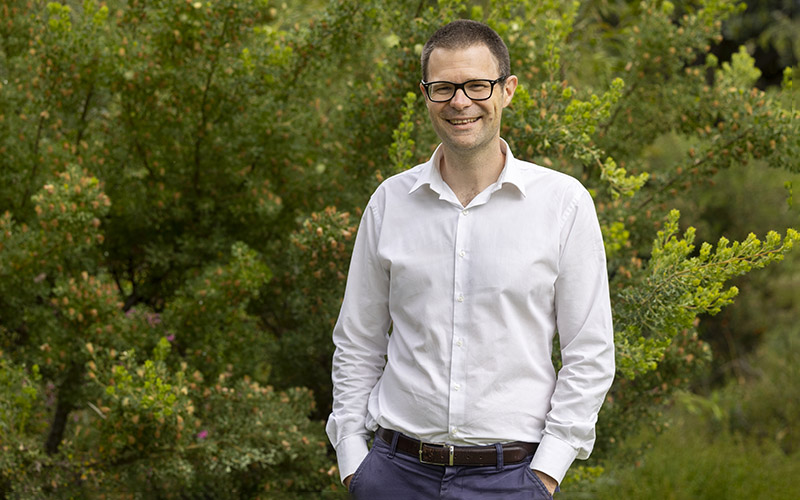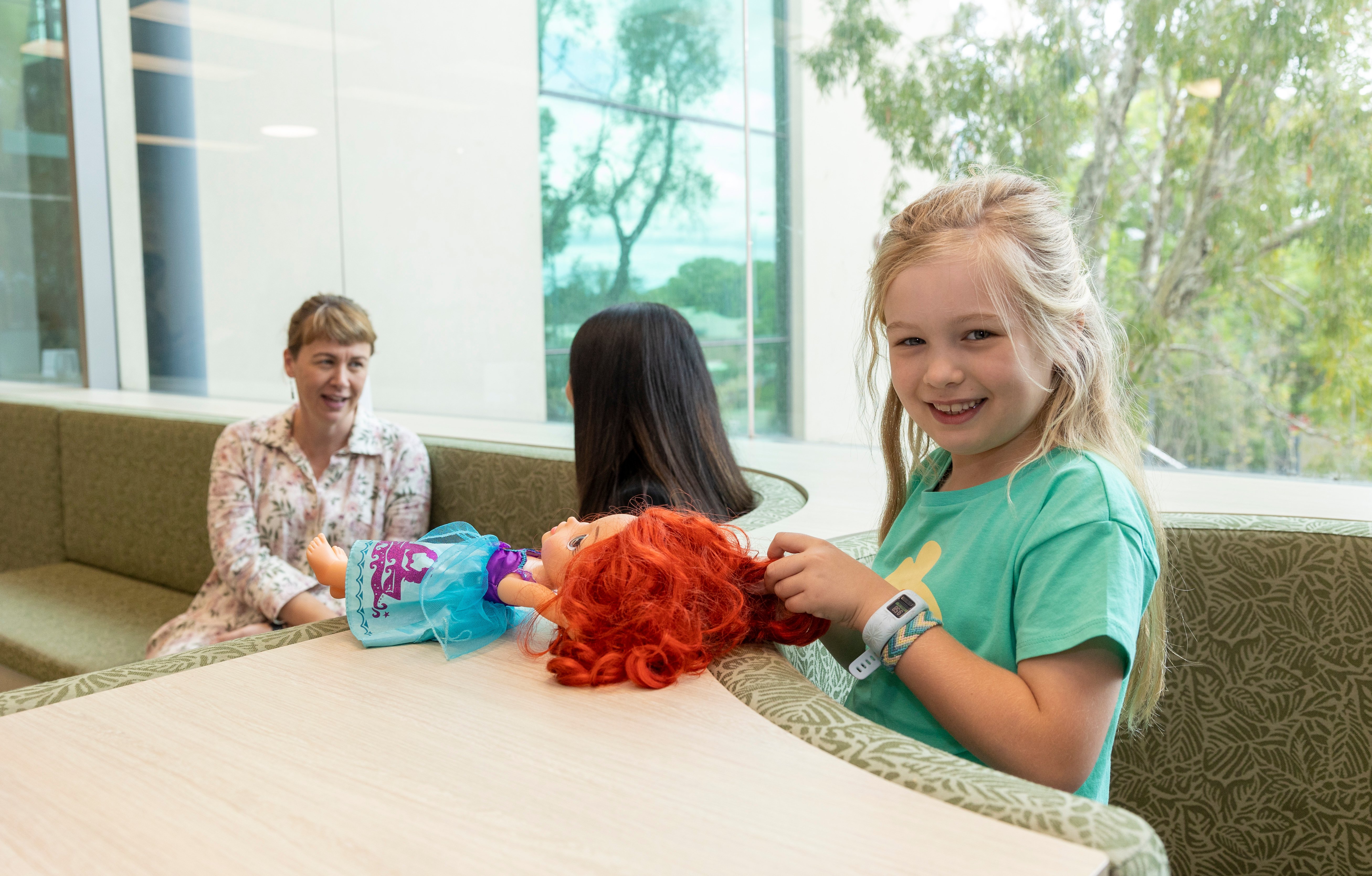Search

News & Events
How to stay sane in isolationIn this new blog, Occupational Therapist and Clinical Lead (OT) Marie Rodatz offers families advice on how to cope with home isolation with a child on the autism spectrum.

News & Events
Coping with COVID-19In this blog, Clinical Psychology Lead Dr Mei’en Lim offers families advice on how to navigate COVID-19 with an autistic child.

News & Events
Starting or returning to school after the holidaysWe know many autistic children may be more sensitive to transitions so may need some extra supports at this time.

News & Events
Using visual supportsIn this blog, Senior Speech Pathologist Sally Grauaug and Speech Pathology Clinical Lead Aria May discuss the use of visual supports.

News & Events
Using daily routines to support communicationIn this blog, Senior Speech Pathologist Sally Grauaug and Speech Pathology Clinical Lead Aria May discuss how daily routines can facilitate the development of your child’s communication skills.

News & Events
Boosting literacy by reading with childrenIn this blog, Speech Pathologist Genevieve Wilmot shares the strategies caregivers can use at story time with their child to make book sharing fun.

News & Events
Understanding anxiety around uncertaintyIn this blog, research project co-ordinator Rebecca Kuzminski discusses anxiety related to uncertainty, why this is a particular challenge for many autistic children, and new research CliniKids is conducting to help parents support their child with managing uncertainty-related anxiety.

News & Events
Introducing the CliniKids Autism Seminar Series!The Kids Research Institute Australia’s CliniKids is excited to introduce an online autism seminar series in 2024, designed to inform families, clinicians and educators about the latest autism topics and research.

News & Events
Term 1 appointment schedulingWe are aware that many of our clients are either starting kindy or are transitioning from kindy to fulltime school and may require a different day/time for their regular therapy sessions at CliniKids.
By fundraising, you’re helping raise awareness and provide funds to support CliniKids and the work we do with autistic children. There are lots of ways to fundraise, online and offline.
